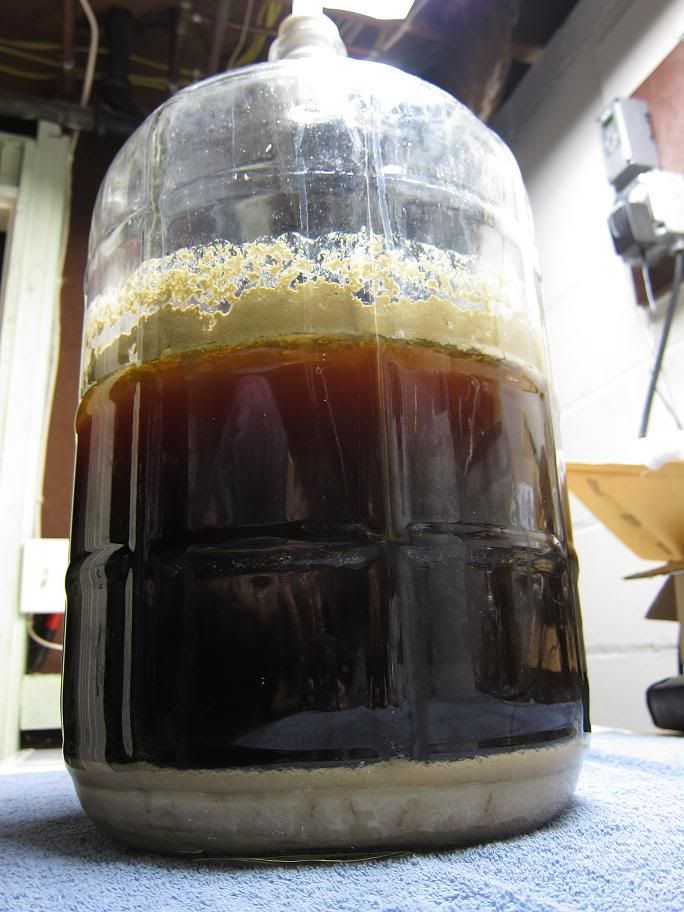So i've brewed a few batches and i've always used the following process (I'm obviously leaving steps out)
1. Boil and add hops according to schedule
2. Cool and strain hops out as pouring into primary which for me is a big bucket.
3. Ferment for a week or so then rack to secondary fermenter (carboy)
4. Bottle and what not after 2 weeks or so..
I've been hearing alot of people who don't use a secondary they just rack straight into the carboy from the get go.. I'd like to brew one of my recipes and see if i can taste a difference.. So my question is, how do you strain all the hops and crud out if you are going to rack from your boil pot into the carboy and just forgo the bucket??
1. Boil and add hops according to schedule
2. Cool and strain hops out as pouring into primary which for me is a big bucket.
3. Ferment for a week or so then rack to secondary fermenter (carboy)
4. Bottle and what not after 2 weeks or so..
I've been hearing alot of people who don't use a secondary they just rack straight into the carboy from the get go.. I'd like to brew one of my recipes and see if i can taste a difference.. So my question is, how do you strain all the hops and crud out if you are going to rack from your boil pot into the carboy and just forgo the bucket??


















































![Craft A Brew - Safale S-04 Dry Yeast - Fermentis - English Ale Dry Yeast - For English and American Ales and Hard Apple Ciders - Ingredients for Home Brewing - Beer Making Supplies - [1 Pack]](https://m.media-amazon.com/images/I/41fVGNh6JfL._SL500_.jpg)







